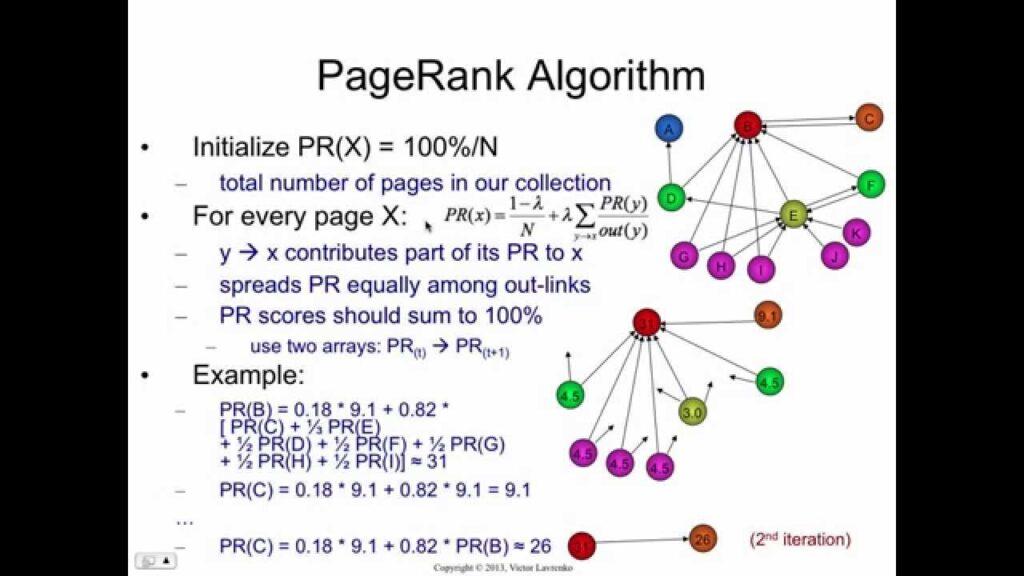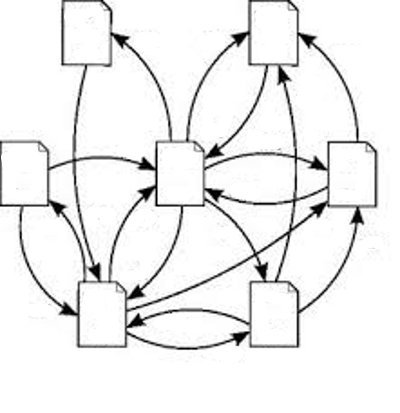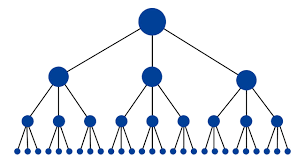Whether you know it or not, whether you planned it or it happened by accident, your website has an internal link structure.
This post is part of a series and here is the link to the main glossary page.
Jump ahead to:
Internal Links
An internal link is nothing more than a hyper link from one webpage on your website to another webpage on your website.
The only thing that distinguishes it from any other link is that both the anchor page and the destination page are on the same website.
Internal Linking
Is nothing more than the practice of linking between pages on the same website.
Why this matters
All links pass some level of authority. Some pass very little, other pass quite a bit. The value of a link depends primarily on two things:
- The value of the page the link is anchored on.
- The number of links originating on that page.
PageRank
PageRank is a Google metric or score. It’s a number between 0 and 10, and once upon a time was THE Google ranking signal.

Page Authority
Page Authority (PA) is a MOZ metric or score. It is a number between 0 and 100. It is related to, but separate from Moz Domain Authority (DA).
The calculation is known to involve links, but the degree to which they influence the score has never been published (to the best of my knowledge).
Internal Link Structure
To reiterate, whether you know it or not, your website has an internal link strcuture.
In your efforts to boost the authority of some pages on your site above that of others, you can proactively manage your websites internal link structure.
The web
The web is quite common and generally occurs as a result of letting it happen without having throught though which pages you want to elevate in authority.

The hierarchy
The hierarchy is the other extreme, where the internal link structure is methodology thought out and implement with the specific intention of elevating the authority of pillar posts and landing pages.

Reality
In the real world, the internal link structure for a website will fall somewhere between the two extremes shown above.
In closing
The internal link structure of your website is literally the structure of all the internal links of your website.
An “internal link” is nothing more than a link that originates on one page of your website and points to another page on the same website. By page, I mean webpage, not WordPress page.
The fact that the link never leaves your website is what makes it “internal”.
The importance of your internal link structure is you use it to raise the authority of your best posts and pages.
You do this by creating a hierarchical structure where your snippet posts link to your pillar posts, thereby raising the authority of your pillar posts.
What tends to happen over time (and I’m as guilty of this as anyone) is over time, as you create internal links for your blog posts, you create a web-like internal link structure.
While what you want is an internal link structure that is more hierarchical in nature.
The hierarchy gives authority to pages in a more structured or focused way.
A clean and well-optimized internal link structure is no magic bullet. It takes conscious effort and it takes times, but it helps rank your most important pages and posts.
Building topically relevant links is hard. We make it easy.